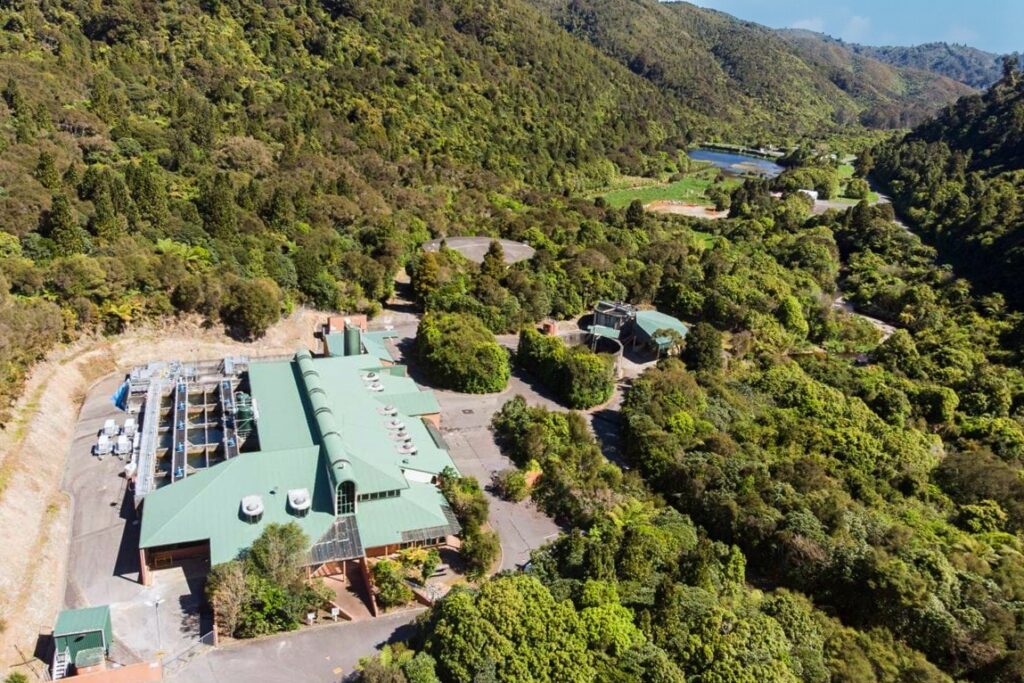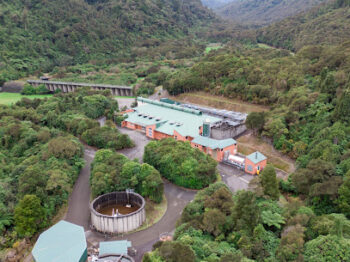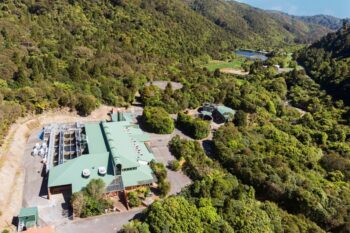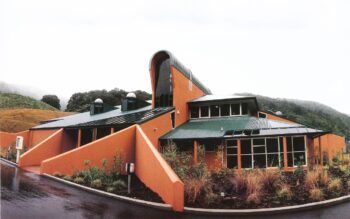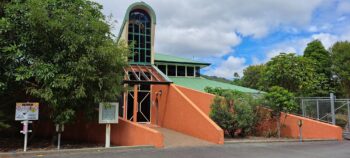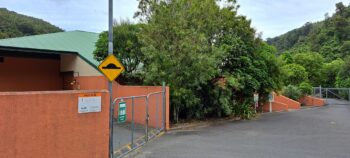Wainuiomata Treatment Plant was completed in 1993 near Morton Dam and is fed by five river intakes.
Source and distribution
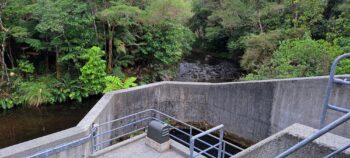 The Wainuiomata Treatment Plant obtains water from the Wainuiomata and Orongorongo rivers, along with three minor creeks (George, Big Huia, and Little Huia). Although the plant is designed to handle 60 million litres per day. Weirs on the Wainuiomata River and George Creek contribute approximately 15 percent of the Wellington regions annual water supply, while weirs in the Orongorongo Valley from the Orongorongo River, Big Huia Creek, and Little Huia Creek contribute about 5 percent.
The Wainuiomata Treatment Plant obtains water from the Wainuiomata and Orongorongo rivers, along with three minor creeks (George, Big Huia, and Little Huia). Although the plant is designed to handle 60 million litres per day. Weirs on the Wainuiomata River and George Creek contribute approximately 15 percent of the Wellington regions annual water supply, while weirs in the Orongorongo Valley from the Orongorongo River, Big Huia Creek, and Little Huia Creek contribute about 5 percent.
Typically, water from the Wainuiomata Treatment Plant serves Wainuiomata and extends to central, southern, and eastern Wellington, via pipes along the Petone foreshore and Hutt Road. The distribution system also permits treated water from Wainuiomata to reach Porirua and Upper Hutt if required.
Extraction
Water extraction from the rivers and creeks occurs at specialized points equipped with screens that function as filters, preventing the entry of large debris such as rocks and sticks into the treatment plant. Following this initial straining process, lime and carbon dioxide are introduced into the water to regulate its pH and alkalinity. This adjustment is essential due to the naturally “soft” nature of water in the Wellington Region, reducing its corrosive impact on pipes and fittings.
Contaminants
To manage the small contaminants and dirt particles present in the river water, a coagulation process is employed. This involves introducing positively charged chemicals into the water, encouraging the attraction and aggregation of these particles, similar to a magnet effect. Subsequently, the water undergoes treatment in five flocculation chambers, where gentle mixing facilitates the formation of clusters known as “flocs.” These flocs, resembling tiny brown cotton wool tufts, grow in size up to an optimal point, ensuring they remain light enough not to settle out of the water but large enough for easy removal in the subsequent stages.
Floc
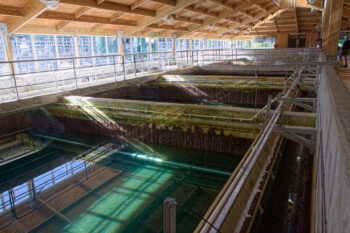 Following the formation of flocs, a clarification process known as dissolved air flotation takes place. Here, pressurized water infused with dissolved air is introduced, causing millions of tiny air bubbles to adhere to the floc particles, lifting them to the water’s surface. This forms a layer that can be skimmed off as waste. The clarified water then moves through filter beds containing sand to capture any remaining floc particles.
Following the formation of flocs, a clarification process known as dissolved air flotation takes place. Here, pressurized water infused with dissolved air is introduced, causing millions of tiny air bubbles to adhere to the floc particles, lifting them to the water’s surface. This forms a layer that can be skimmed off as waste. The clarified water then moves through filter beds containing sand to capture any remaining floc particles.
Disinfection & pH Control
Further treatment involves disinfection through the addition of chlorine, which safeguards against potential contamination within the distribution system. Lime adjustment for pH control and the addition of fluoride for dental protection are subsequent steps, ensuring water quality as it progresses through the treatment process.

